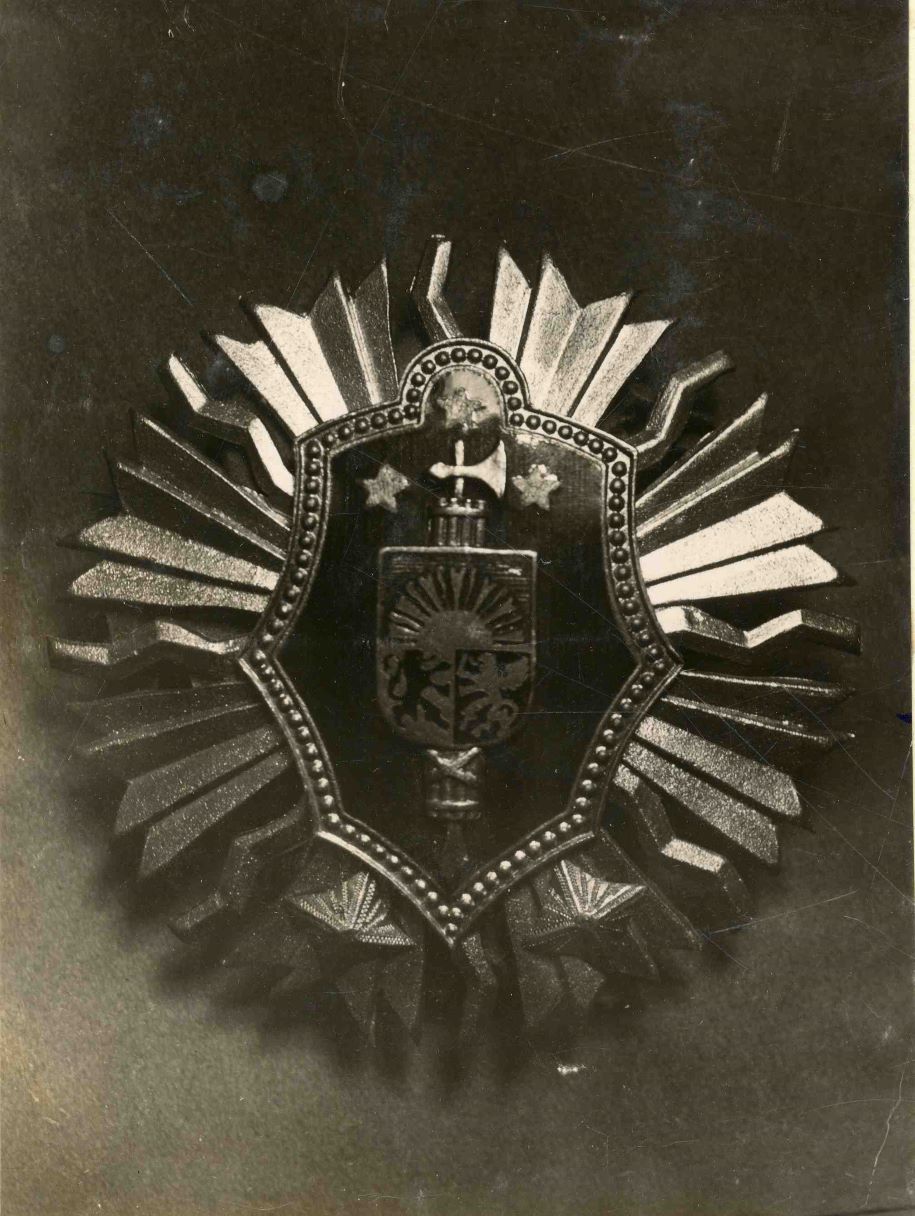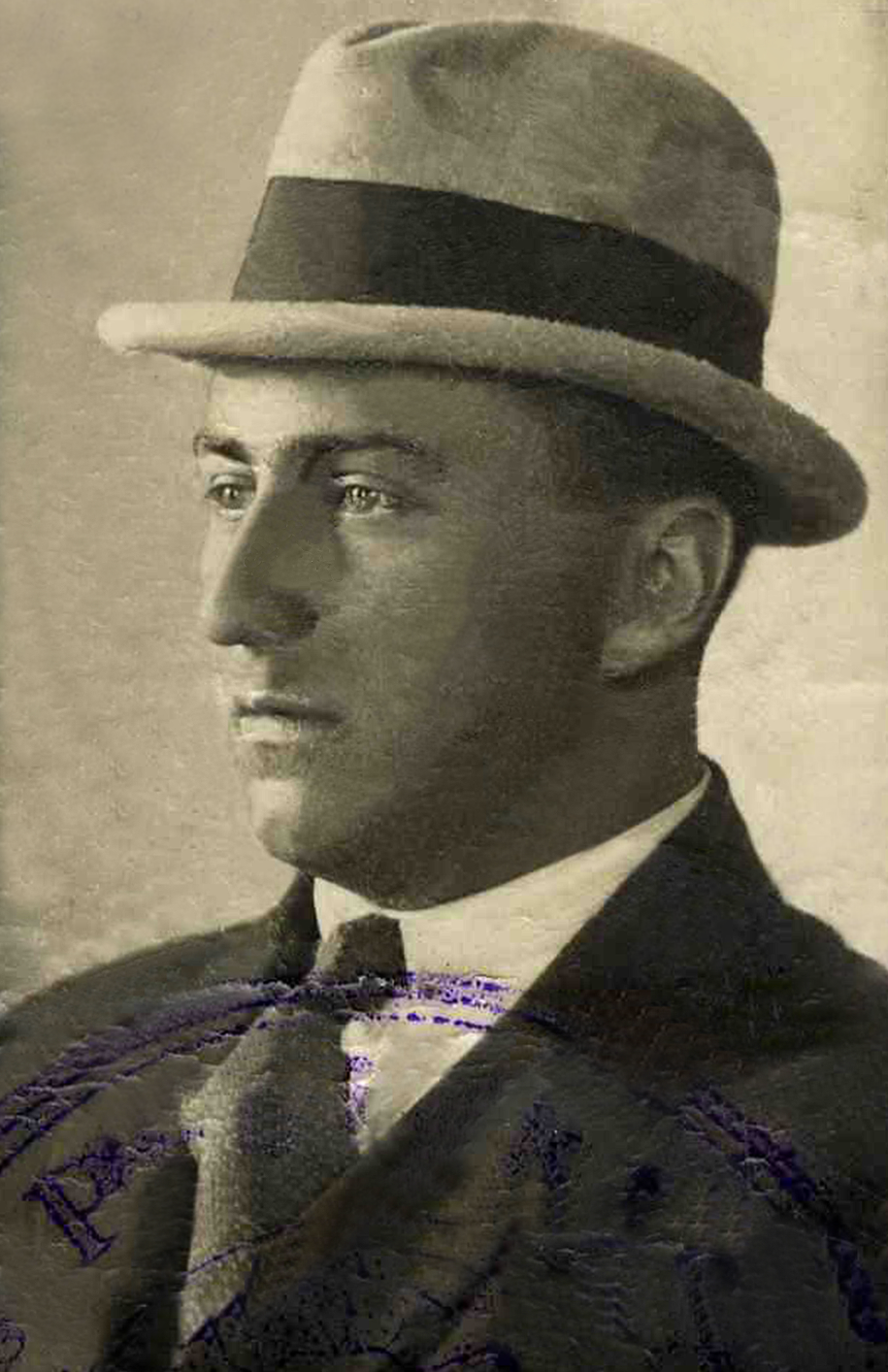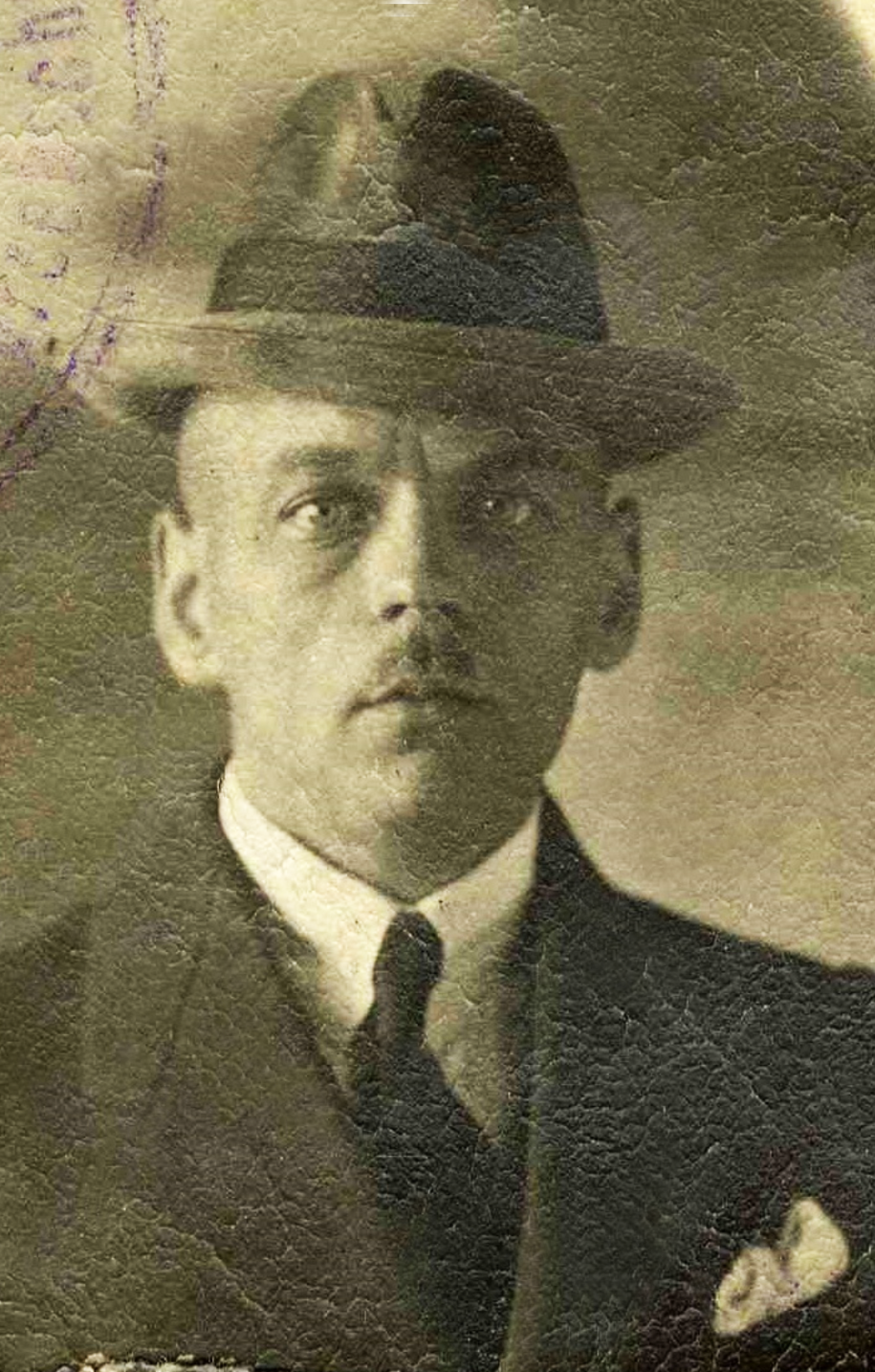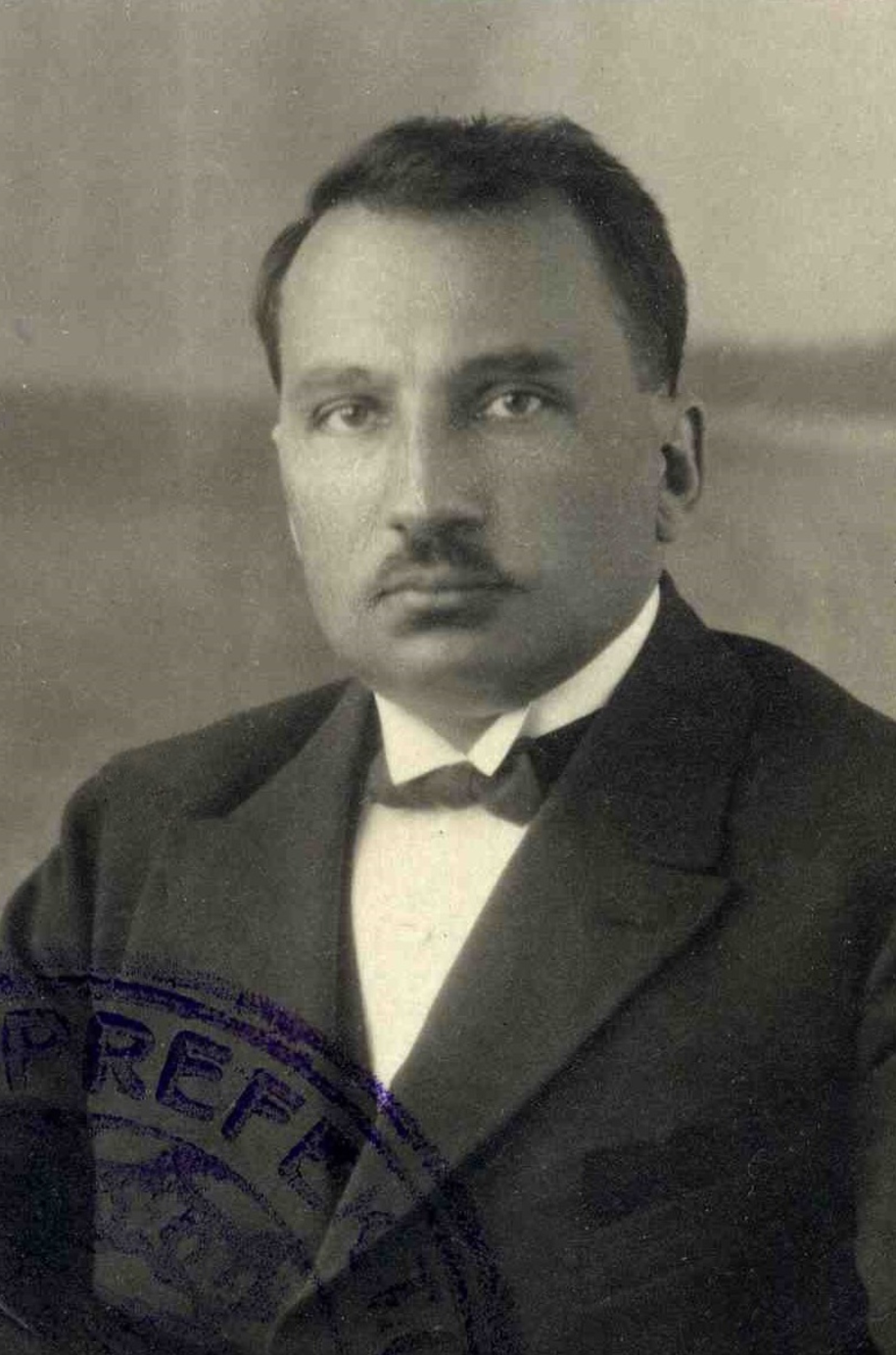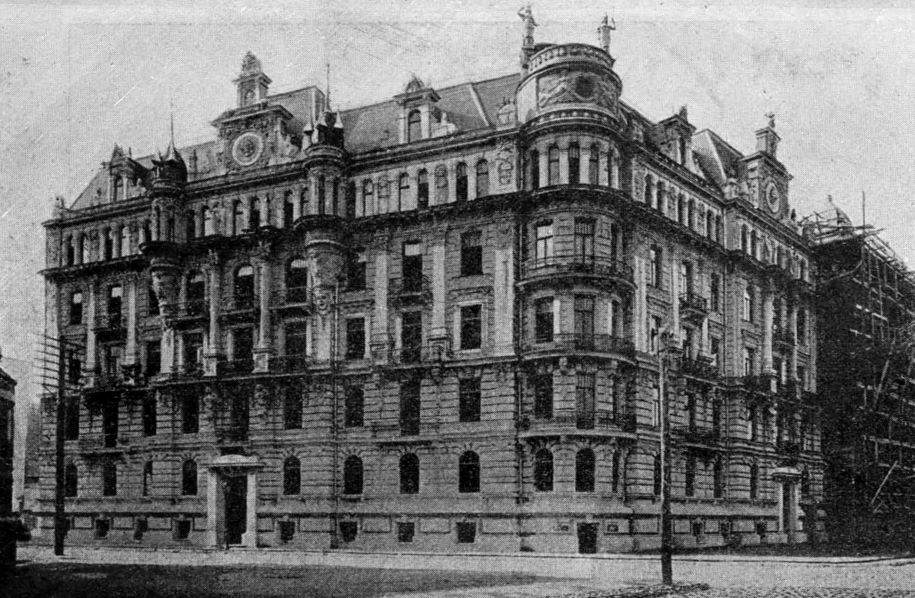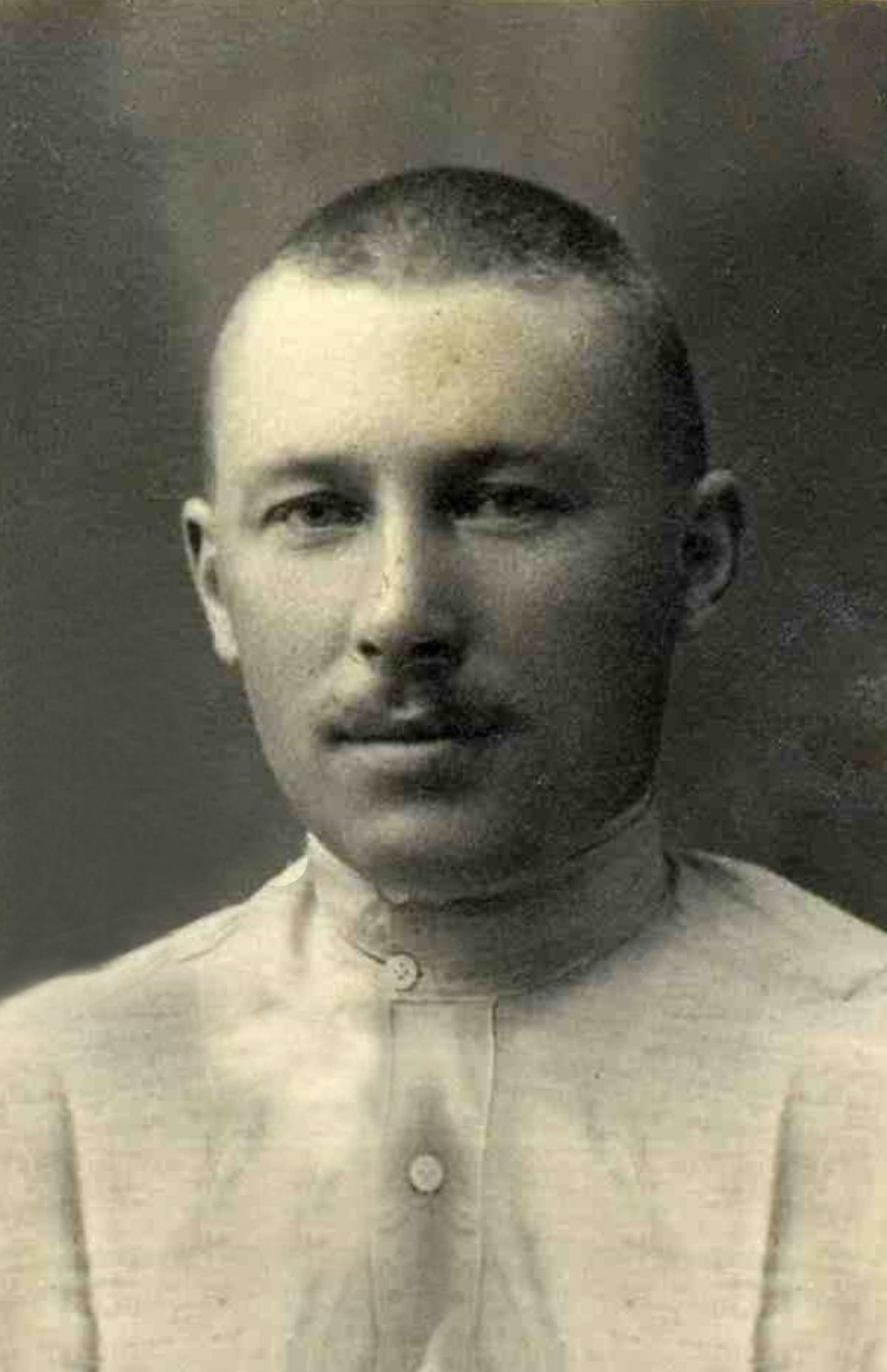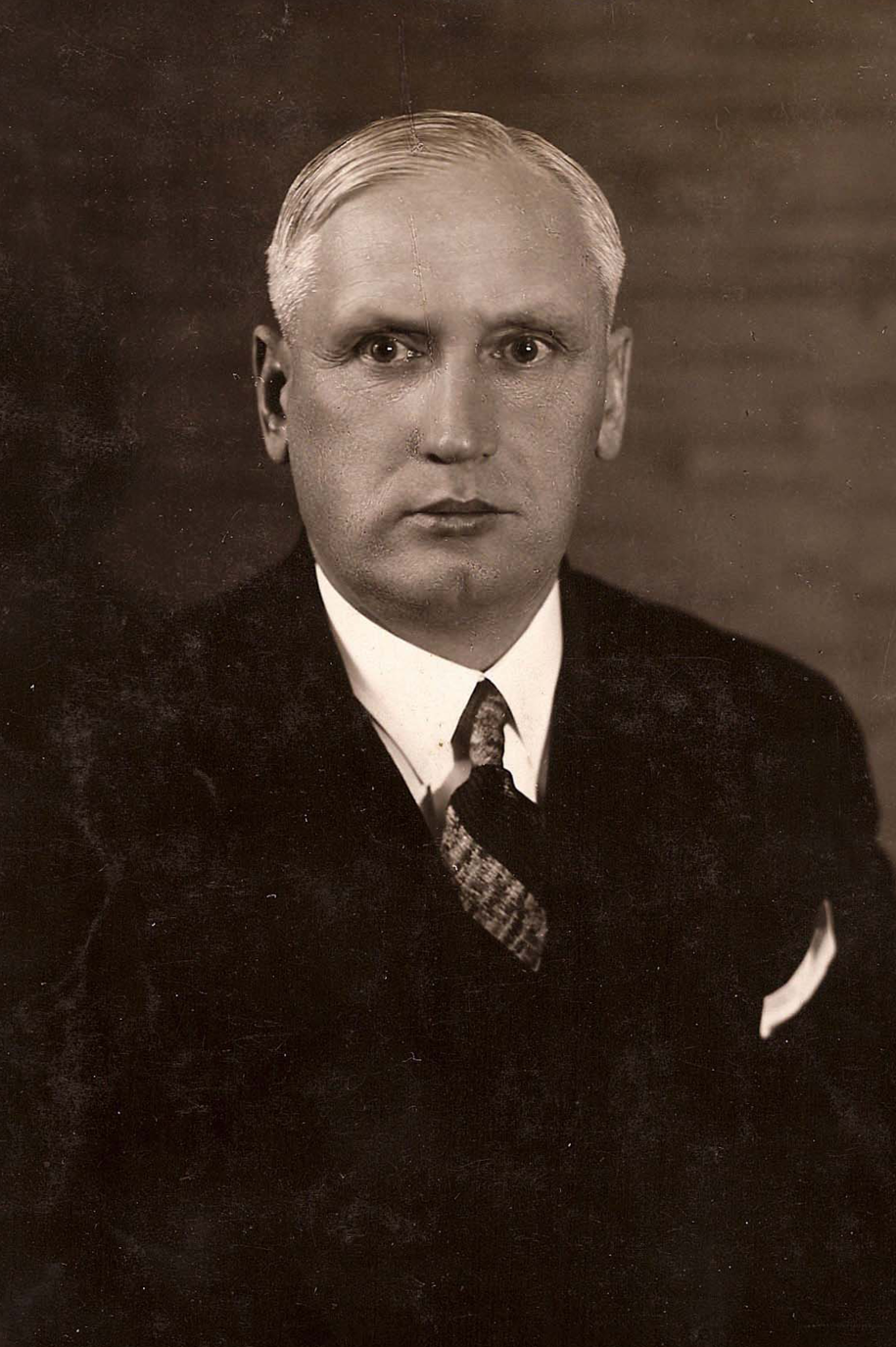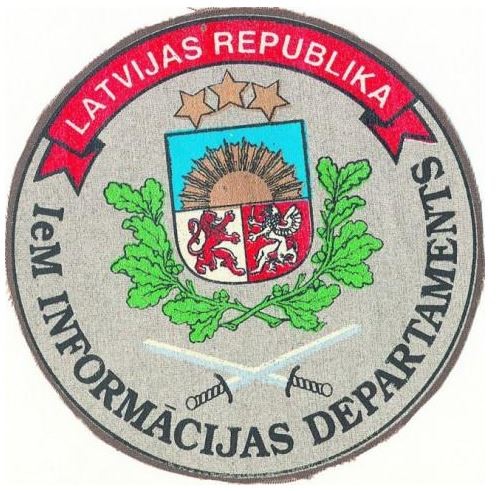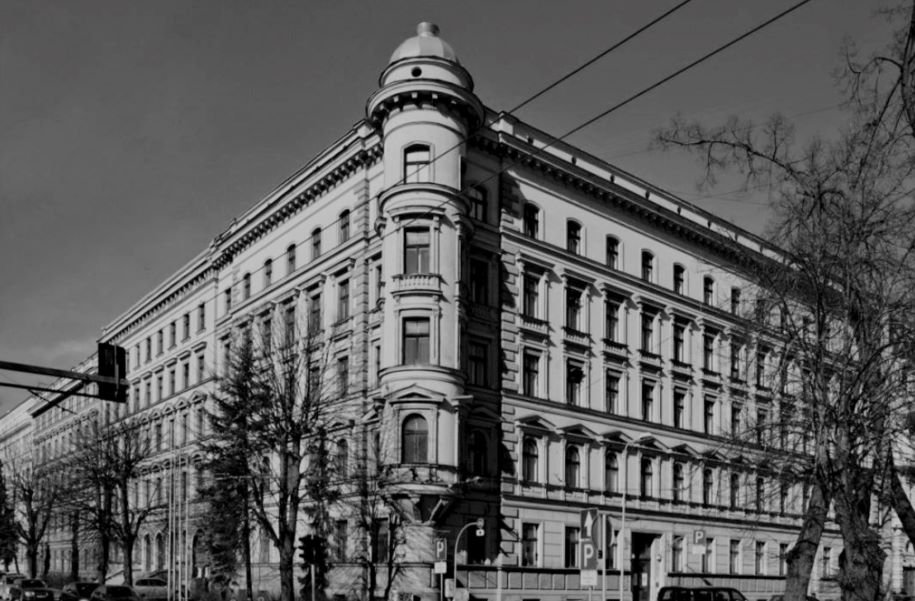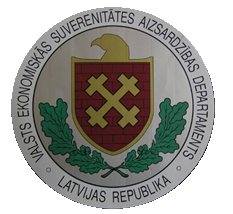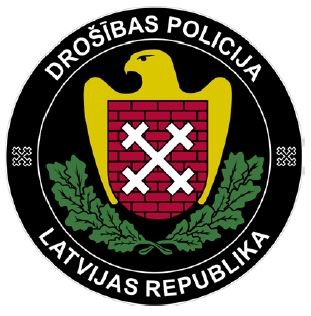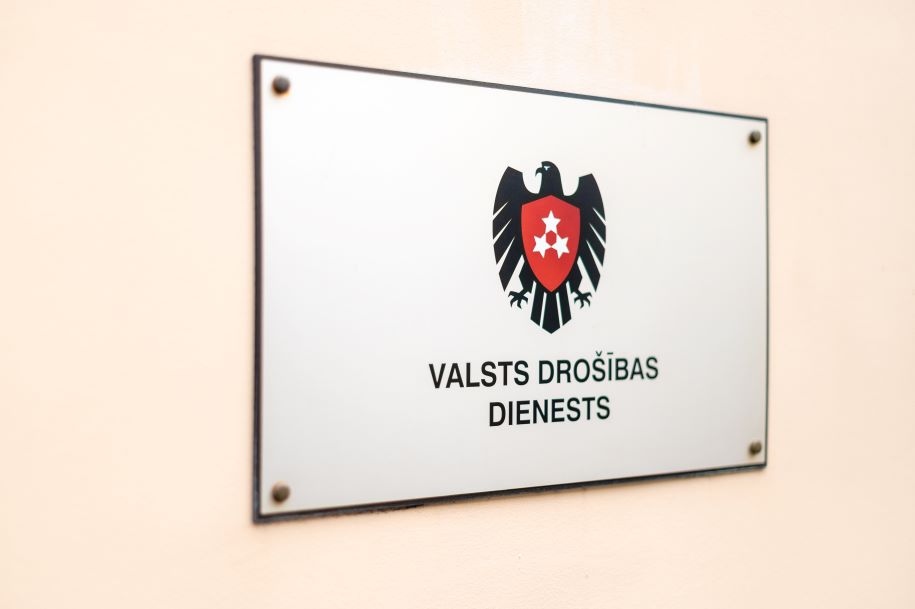With the proclamation of the independence of the Republic of Latvia on 18 November 1918, the need for intelligence and security services also emerged to ensure national security. The civilian counterintelligence and internal security service of Latvia – the State Security Department, was established on 11 August 1919. Jānis Liģeris-Liggers (1889–1942) was appointed as the director of the State Security Department.
The primary tasks of the State Security Department were to ensure the internal security of the state and identify persons who might pose a threat to it, as well as to conduct pre-trial investigation of crimes committed against the national security interests.
With the War of Independence ongoing, on 1 November 1919 the State Security Department was dissolved and the majority of its officers were transferred to the Intelligence Unit of the Latvian Army. At the same time, the 5th (political) Department of the Criminal Police in Riga was established, which took over the functions of the State Security Department.
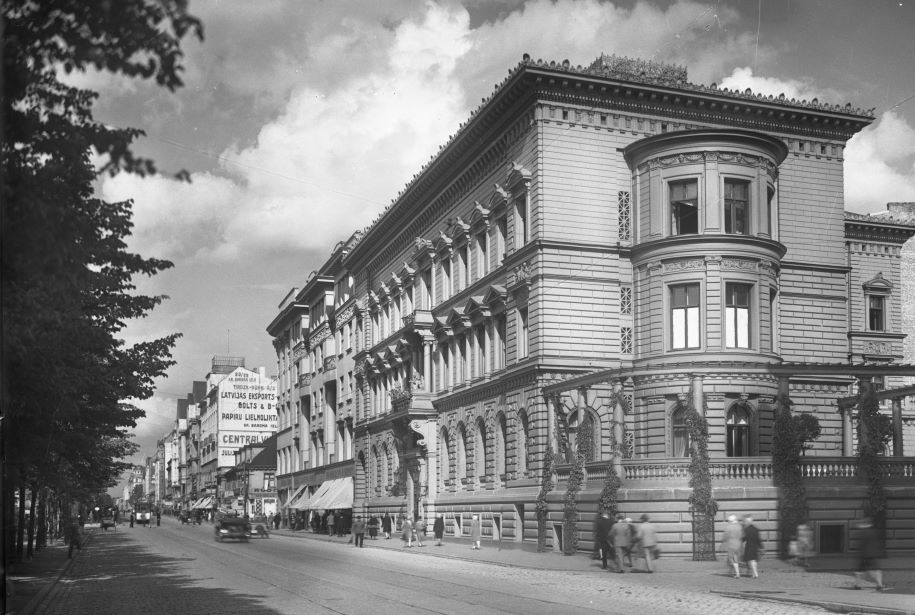
Building at 12 K. Barona Street, Riga – headquarters of the State Security Department. Photo: Roberts Johansons / from the collection of the Museum of the History of Riga and Navigation.

Jānis Liģeris-Liggers (1889–1942) – director of the State Security Department from 3 September 1919 until the Department was dissolved. In 1941 he was deported to Tomsk oblast in the Siberian Federal District. Died in exile. Photo from the Latvian State Historical Archive.



